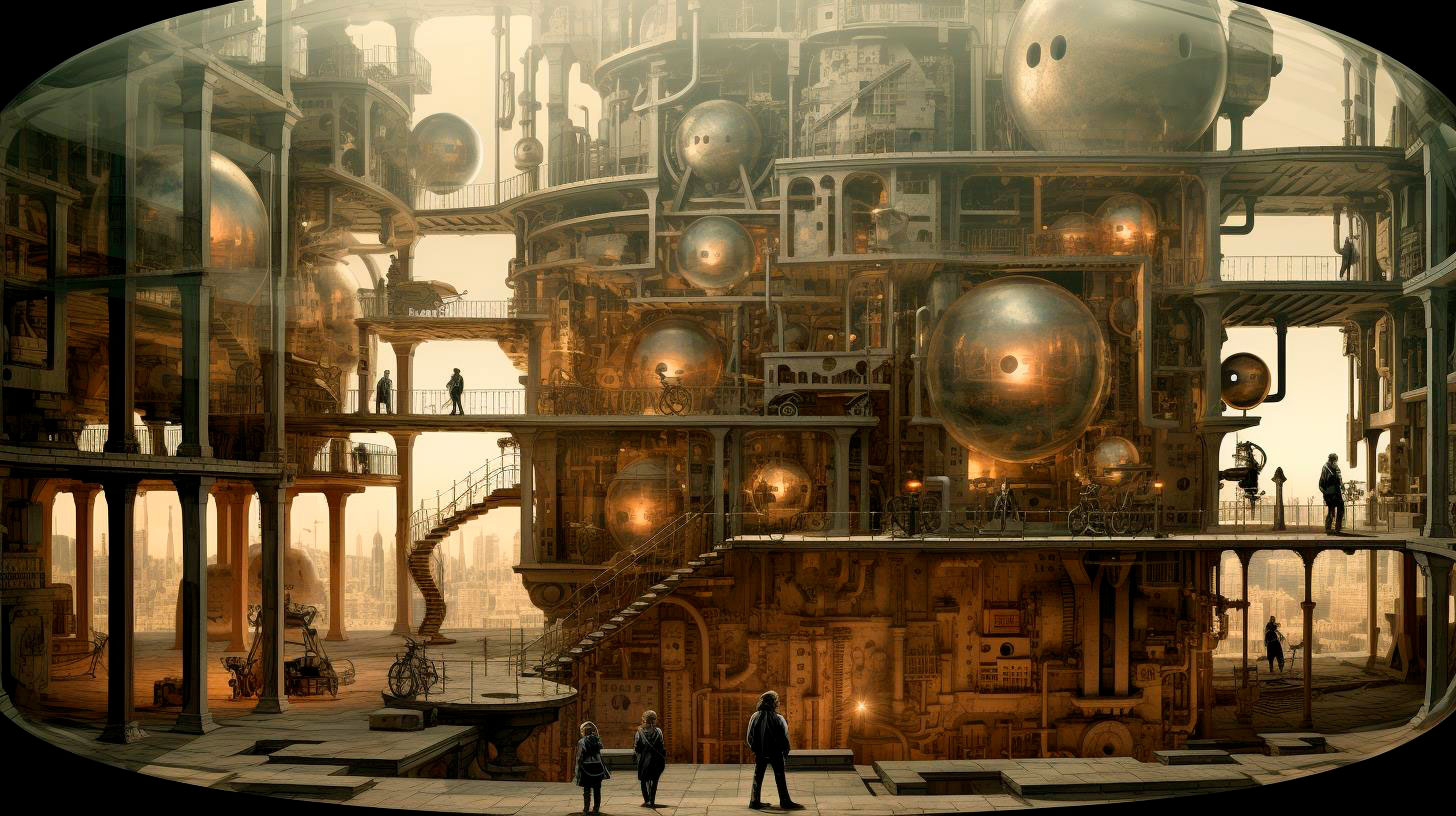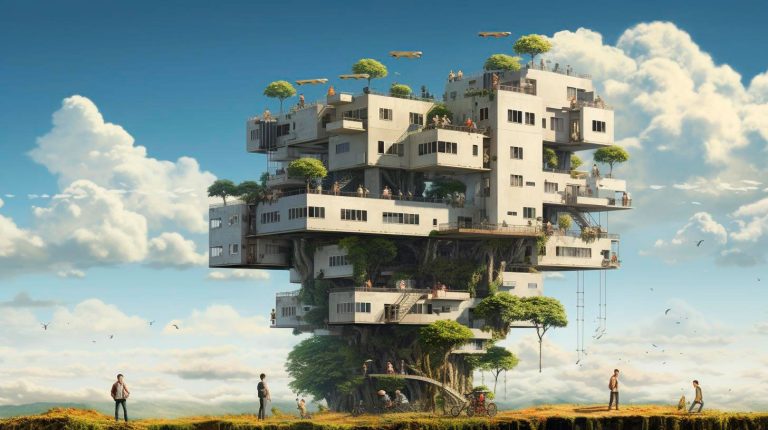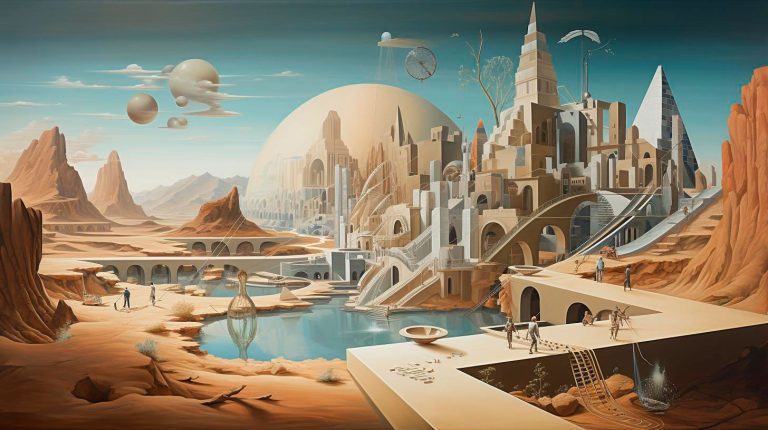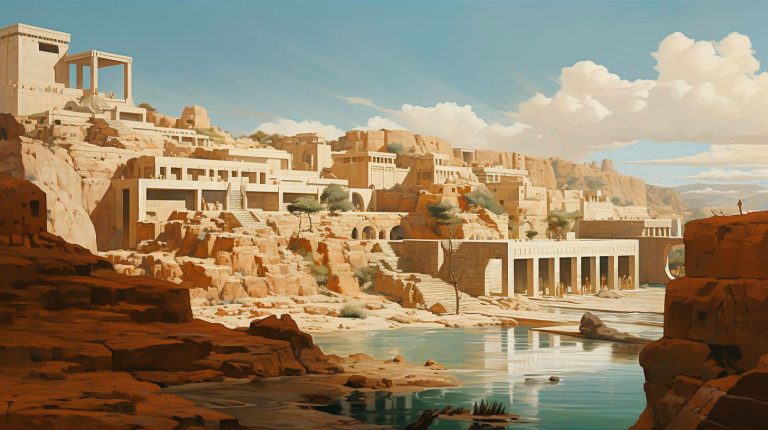In this article, we’ll explore the relationship between architectural photography and Japanese design, highlighting their key principles and the impact they have on each other.
The Essence of Japanese Design
Japanese design is deeply rooted in culture and philosophy. It draws inspiration from traditional principles such as wabi-sabi, which celebrates the beauty of imperfection and transience. The core elements of Japanese design include:
- Simplicity: Stripping away unnecessary details to focus on the essential.
- Natural Materials: Utilizing materials such as wood, bamboo, and stone to create warmth and harmony.
- Empty Space: Embracing negative space to create a sense of tranquility and balance.
- Mindful Craftsmanship: Attention to detail and meticulous craftsmanship that reflects the respect for the process.
These principles result in spaces that are serene, uncluttered, and in perfect harmony with nature.
The Role of Architectural Photography
Architectural photography serves as a powerful medium to capture and celebrate Japanese design. By showcasing the essential elements and unique features of these spaces, photographers have the ability to communicate the design intent to a broader audience. Here’s how architectural photography elevates Japanese design:
- Showcasing Simplicity: Through careful framing and composition, photographers emphasize the simplicity and elegance of Japanese design.
- Capturing Details: Architectural photographers capture the intricate details and craftsmanship that define Japanese design, allowing viewers to appreciate the meticulous work involved.
- Highlighting Natural Materials: By utilizing lighting techniques and angles, photographers bring out the natural textures and materials used in Japanese design, creating visual depth and richness.
- Evoking Emotion: Through lighting, perspective, and careful selection of moments, photographers evoke a sense of tranquility and harmony that resonates with viewers.
Architectural photography essentially transforms physical spaces into visual storytelling, bringing to life the principles and beauty of Japanese design for all to admire.
Key Takeaways
Here are some key takeaways regarding the relationship between architectural photography and Japanese design:
- Architectural photography plays a vital role in capturing and celebrating the essence of Japanese design.
- Japanese design principles emphasize simplicity, natural materials, empty space, and mindful craftsmanship.
- Architectural photography showcases the simplicity, details, materials, and emotions associated with Japanese design.
- Photographers have the ability to evoke feelings of tranquility and harmony through their compositions and lighting techniques.
- Through architectural photography, Japanese design becomes accessible and inspiring to a wider audience.
Conclusion
Architectural photography stands as a powerful ally to Japanese design, elevating its principles and aesthetics through visual storytelling. By capturing the essence of simplicity, highlighting details, and evoking emotions, photographers make these designs accessible to a wider audience, fostering an appreciation for the beauty of minimalism and tranquility. Whether you’re an architect, designer, or simply an admirer of beauty, exploring the world of architectural photography and Japanese design is sure to inspire and captivate.


















+ There are no comments
Add yours